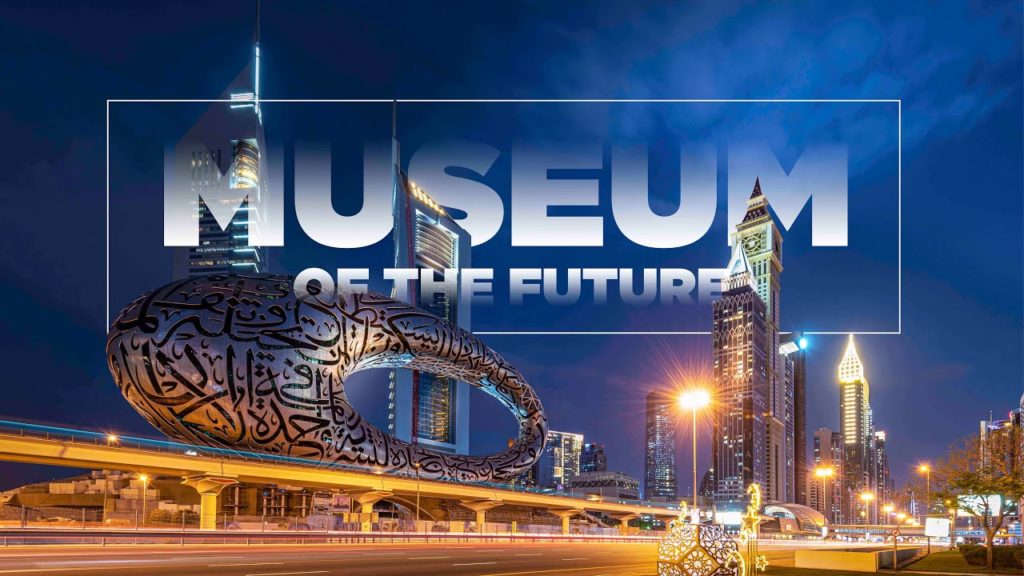
Dubai is the capital and most populous city of the United Arab Emirates (UAE). Established in the 18th century as a small fishing village, the city grew rapidly in the early 21st century into a cosmopolitan metropolis with a focus on tourism and hospitality. It is one of the world’s most popular tourist destinations, has the second most five-star hotels in the world,and is home to the tallest building in the world, the Burj Khalifa. In 2020, the population was 3.64 million people.
Initially, the UAE was referred to as the Trucial States before it was renamed in 1971. The Trucial States were initially made up of six states: Dubai, Sharjah, Al Fujayrah, Quwayn, Abu Dhabi, and Ajman. After these states gained their independence from Great Britain in 1971, they formed an alliance and rebranded to be known as the United Arab Emirates.

While oil revenue helped accelerate the development of the city of Dubai, it was already a major mercantile hub, relying on revenues from trade, tourism, aviation, real estate, and financial services. (Oil production actually contributed less than 1% of the emirate’s GDP in 2018, at which time the population was 2.9 million.) This great growth has brought more wealth and, along with it, some of the world’s most awesome architecture. [In September of 2017, we featured the skyscrapers of the neighboring emirate of Abu Dhabi (just 80 miles away) and in the May-June issue of 2020, we featured the phenomenal buildings of the Dubai Expo.]

Now, a museum in Dubai dedicated to the future, which has been called “the most beautiful building in the world” by the emirate’s ruler, Sheikh Mohammed bin Rashid Al Maktoum, is officially open to the public. Designed by local studio Killa Design, the museum is alongside Dubai’s elevated train line, a short distance from the world’s tallest building—the Burj Khalifa. It was designed to be and indeed instantly became an architectural and cultural icon.




The building is about 253 feet tall. It sits on a grass-covered mound and consists of an elongated ring shape with a void at its center. The seven-story building contains a combination of exhibits dedicated to the future and workshops for testing and developing emerging technology. It is a ‘living museum’, constantly adapting and metamorphosing as its very environment drives continual and iterative change to its exhibits and attractions. Five floors of gallery space contain exhibits dedicated to space exploration, a digital recreation of the Amazon rainforest and prototypes of future products. It has a 1,000-seat multi-use hall, a 345-seat lecture theatre as well as numerous laboratory spaces. The steel structure has no internal columns. Watch a video about this astounding building HERE.





